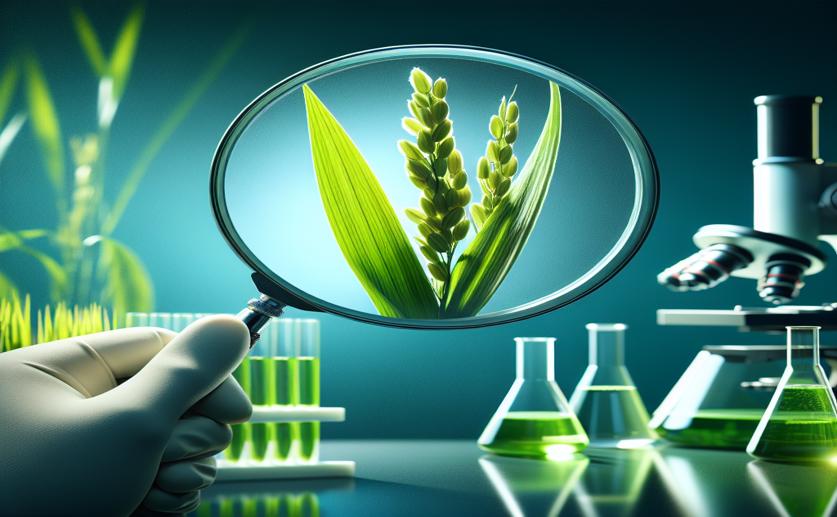
Uncovering a Key Gene for Rice Nutrient Balance Through Leaf Study
Jenn Hoskins
24th January, 2024

Image Source: Natural Science News, 2024
AgricultureGeneticsPlant Science
References
Main Study
1) Transcriptome analysis with different leaf blades identifies the phloem-specific phosphate transporter OsPHO1;3 required for phosphate homeostasis in rice.
Published 22nd January, 2024
https://doi.org/10.1111/tpj.16645



 21st January, 2024 | David Palenski
21st January, 2024 | David Palenski